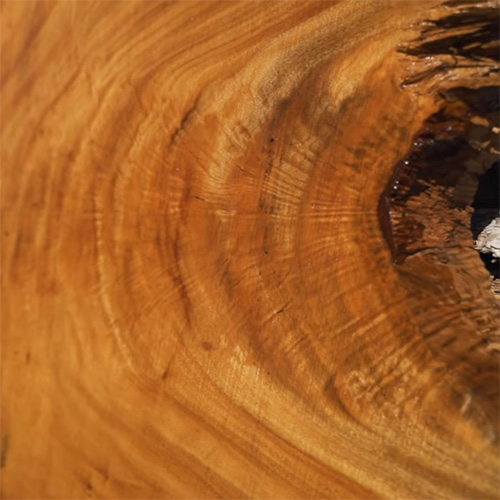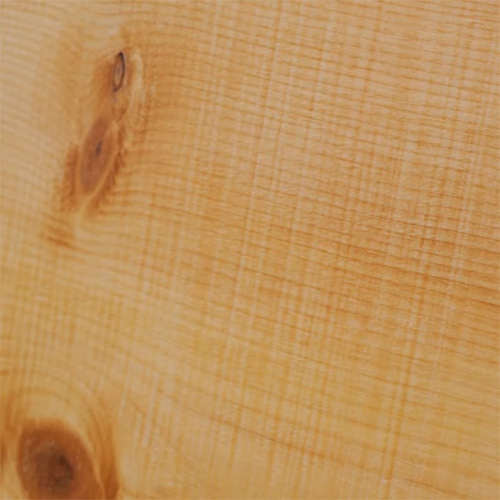California Buckeye (Buckeye Burl)
[Aesculus californica]
A large deciduous shrub or small tree, the California Buckeye – which produces Buckeye Burl – is the only native Buckeye variety in the Western United States. As the name suggests, the species grows widely throughout the Golden State, notably along the central coast and in lower elevations of the Sierra Nevada and Cascade mountain ranges, stretching as far north as Southwestern Oregon. A small, separate population can also be found in the Chino Hills near Chino, CA.
As you might suspect, the species gets its name from the large nut-like seed it produces — which, when mature, the brown seed seems to “peer” through the split in its leathery covering, resembling the eye of a deer, or … a “buck’s eye.” Interestingly, Native Americans called the seed “Hetuck,” which also translates to “buck eye.”
Typically, long lived trees, California Buckeyes can boast lifespans of more than 250 years, sometimes reaching three centuries old. Size-wise, the largest recorded specimen is in Swanton Pacific Ranch in Santa Cruz County — topping out at 46 feet tall, with a trunk circumference over 14.5 feet and a canopy reaching 60 feet high.
A popular ornamental plant for landscaping, the California Buckeye is known for its striking leaf buds, lime green foliage, fragrant white flowers, and red-brown foliage in mid-to-late summer.
But it’s also super valuable as a soil binder that prevents erosion in hilly areas, on steep slopes, or along stream and riverbanks. Which makes sense when you consider that as much as 90% of the burl that the tree produces is found in the root wad, or the underground portion of the base of the tree. In fact, California Buckeye Burls can range from 50 pounds up to several thousand pounds in their natural state.
Another interesting fact about the species is something you can’t often say about a tree — it’s toxic. Indeed, the bark, leaves, stems, fruits, and seeds of the California Buckeye all contain glycoside aesculin, a neurotoxin that depresses the central nervous system when ingested by livestock or wildlife. In fact, Native Americans in the Pomo, Yokut, and Luiseño tribes used to crush the roots of the tree and throw them into slow-moving creeks or pools to stun fish, making them easier to catch.
On the flip side, these same indigenous peoples also used the California Buckeye as a food supply — but only after ingeniously boiling the seeds and leaching the toxin away so that they could ground them into flour that was safe for eating.
Despite being a hardwood, California Buckeye is actually much softer than most softwoods. But what makes it a very difficult, expensive wood to mill is that, as often as not, foreign objects will fill the voids in the burl eyes. Unnatural objects like rocks, sand, dirt, bullets, and even – if you can believe it – rattle snakes!
However, once the wood is cleaned, milled, and sanded, those negative space voids really add to the appeal of California Buckeye Burl, either being left to accentuate the wood’s natural beauty or filled with crushed minerals or other material to complement the grain.
From any perspective, California Buckeye produces a uniquely gorgeous wood, renowned for its amazing patterns and swirling mix of colors — ranging from golden white and yellow to brown and blue-black, sometimes even with a little red mixed in. The grain is typically straight, even throughout the burl, with a fine texture.
Given its eye-drawing allure, California Buckeye is an elite choice for furniture, musical instruments like electric and bass guitars, decorative boxes, knives, and pens.
Species Distribution:
California
Southwestern Oregon
Common/Alternative Names:
California Buckeye
California Horse-Chestnut
Sustainability Status:
CITES Appendices: Not listed
IUCN Red List of Threatened Species: Not listed








